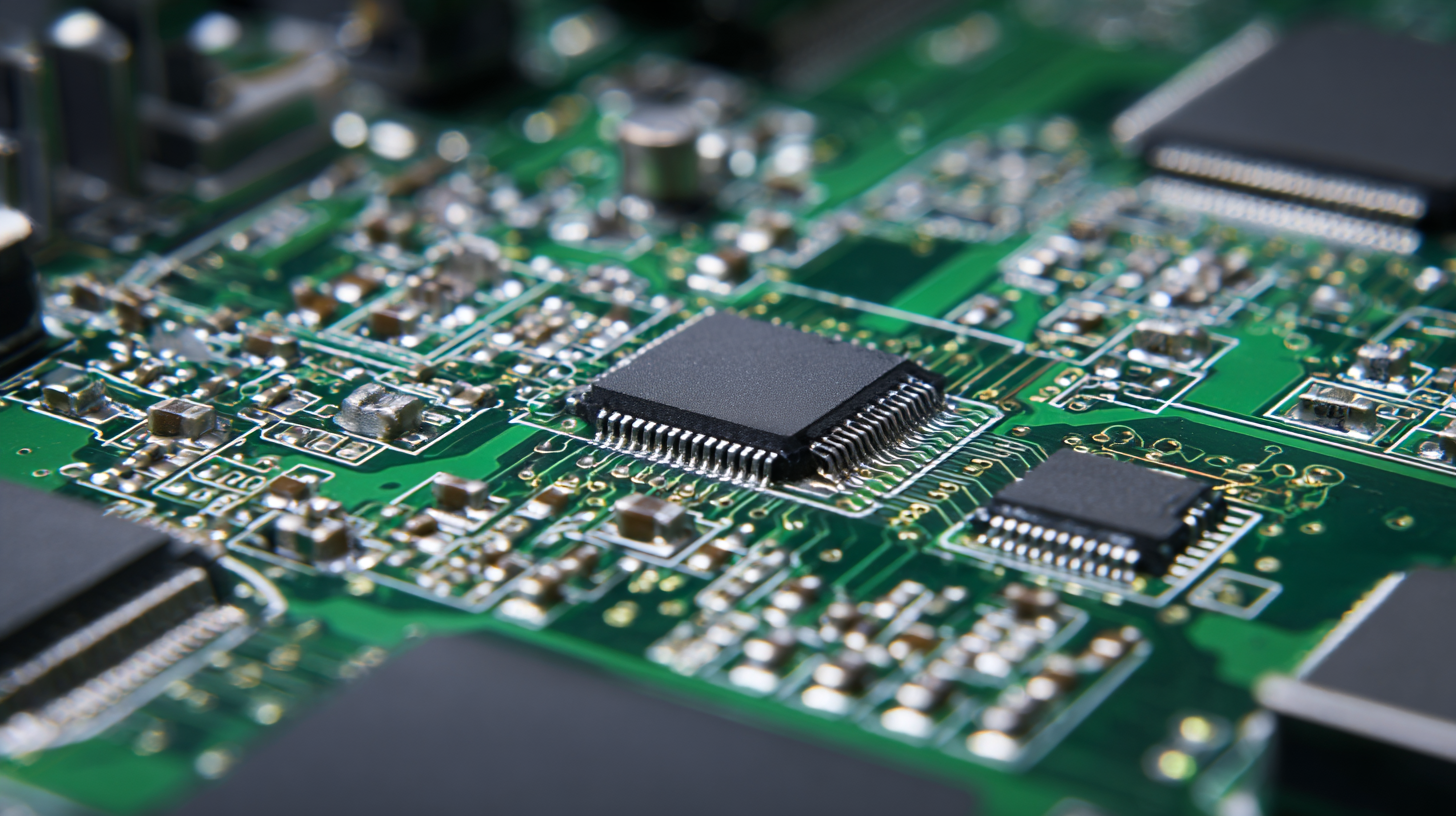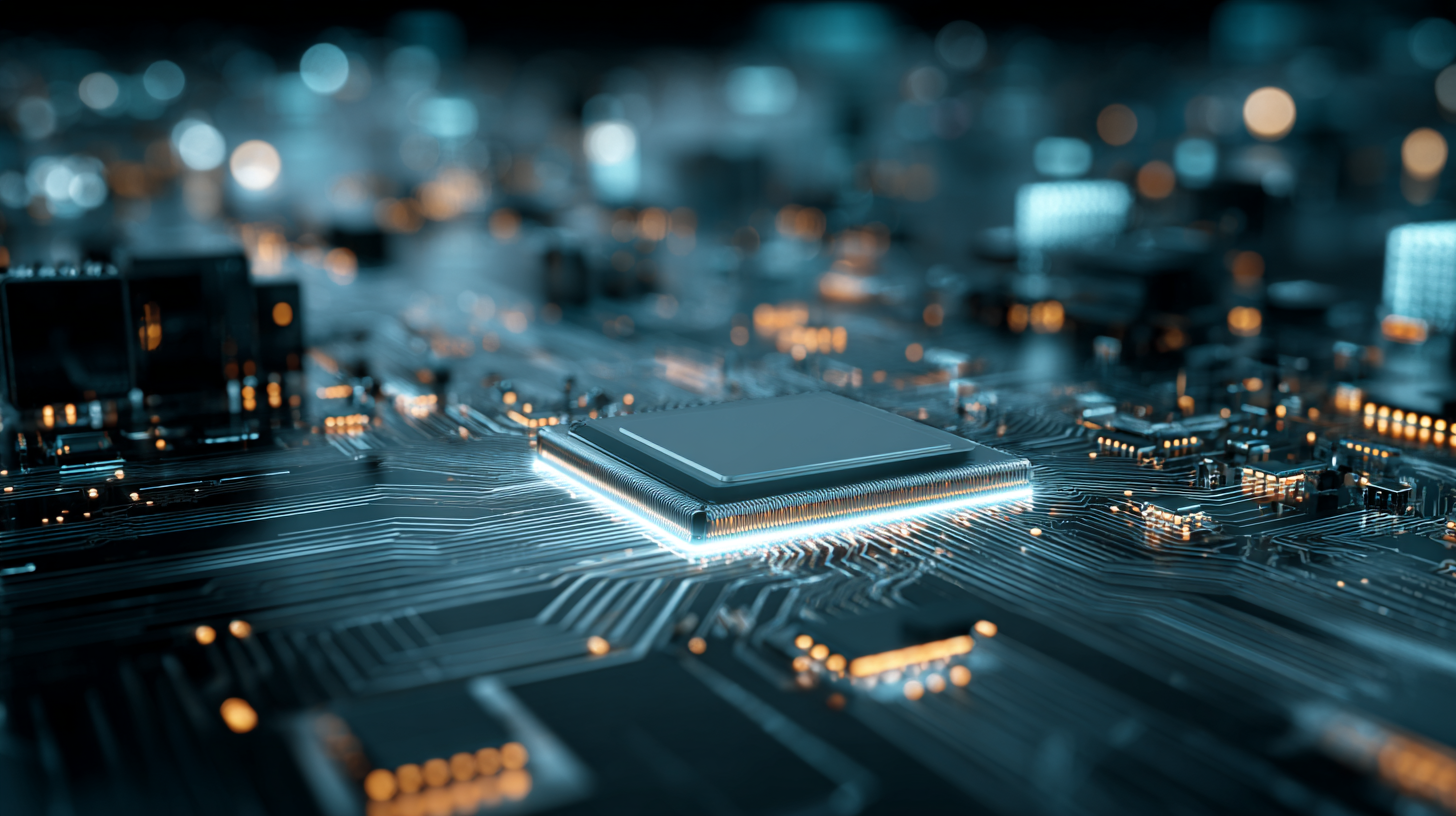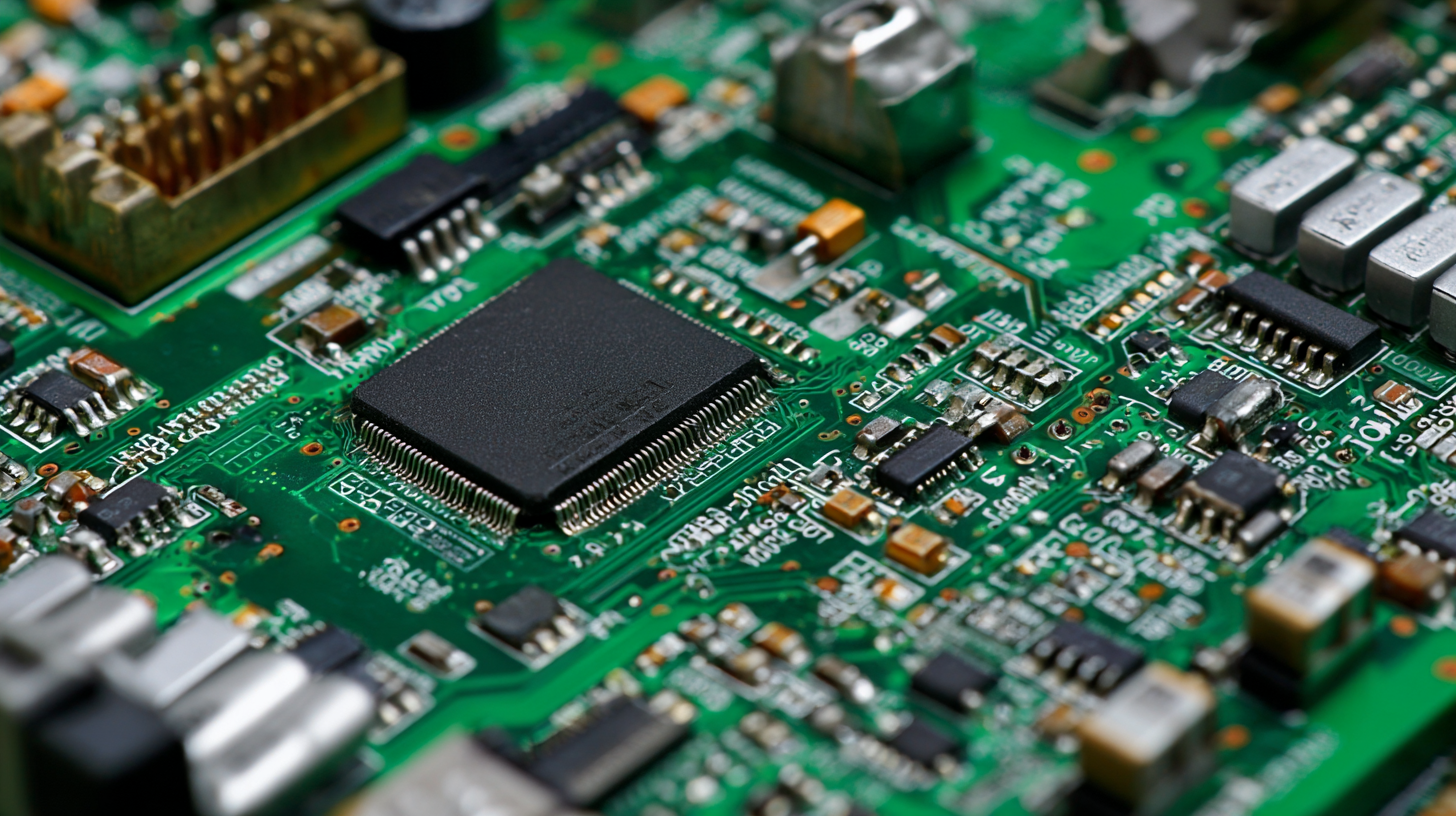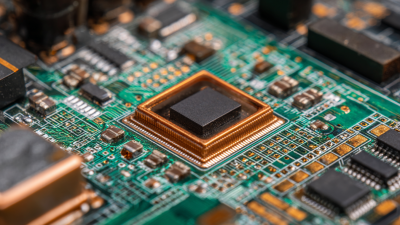Let Us Know How We Can Help. We Are Your Dedicated Solutions Provider.
2025 Top Innovations in Circuit Board Assembly: What to Expect in the Future
As we look ahead to 2025, the landscape of circuit board assembly (CBA) is set to undergo significant transformations driven by technological advancements and market demands. According to a recent report by the IPC (Institute for Interconnecting and Packaging Electronic Circuits), the global market for circuit board assembly is expected to reach over $70 billion by 2025, reflecting an annual growth rate of 6.5%. This growth is largely attributed to the increasing complexity of electronic devices and the rising demand for high-density interconnect (HDI) technology.
Industry expert Dr. Emily Chen, a leading authority on electronic manufacturing, emphasizes the importance of innovation in this sector: "The future of circuit board assembly relies on our ability to integrate automation and smart manufacturing solutions that enhance efficiency and precision." Her insights highlight the pivotal role that emerging technologies, such as artificial intelligence and machine learning, play in optimizing production processes and improving quality control. As we explore the top innovations expected in CBA by 2025, it will be crucial to consider how these advancements will not only reshape manufacturing practices but also influence the broader electronics industry in terms of sustainability and responsiveness to market needs.

Table of Contents
[Hide]
Emerging Technologies Transforming Circuit Board Assembly Processes
The landscape of circuit board assembly is rapidly evolving, driven by emerging technologies that promise to streamline processes and enhance productivity. Innovations such as artificial intelligence (AI) and machine learning are reshaping design methodologies, allowing for more sophisticated and efficient circuit layouts. According to recent industry reports, the integration of AI into PCB design is expected to reduce time-to-market by up to 30%, significantly benefiting manufacturers in the competitive tech market.
Additionally, advancements in materials science are paving the way for flexible circuit boards, which can adapt to a variety of applications, from consumer electronics to wearables. These flexible PCBs not only offer enhanced performance but also contribute to sustainable manufacturing practices. A report indicates that the demand for eco-friendly materials in PCB assembly is projected to grow by approximately 15% annually over the next five years, highlighting the industry's shift towards greener technologies. As manufacturers continue to explore these emergent trends, they position themselves to stay ahead in this dynamic sector.

The Role of AI and Machine Learning in PCB Manufacturing Efficiency
The integration of artificial intelligence (AI) and machine learning into printed circuit board (PCB) manufacturing is set to revolutionize the industry by enhancing efficiency and precision. These technologies can analyze vast amounts of data from the production process in real-time, allowing for immediate adjustments and improvements. For instance, AI algorithms can predict potential equipment failures before they occur by monitoring the operational conditions, thereby minimizing downtime and increasing overall throughput. This predictive maintenance not only streamlines operations but also extends the lifespan of manufacturing equipment.
Moreover, machine learning can optimize the design and assembly processes by learning from previous production data. It can detect patterns and anomalies that humans might overlook, facilitating quicker problem-solving and ensuring higher quality standards. As a result, manufacturers can achieve reduced lead times and lower production costs while also increasing the scalability of their operations. The combination of these advanced technologies is expected to set a new standard in PCB assembly, making it more adaptive to the rapidly changing demands of the electronics market.
2025 Top Innovations in Circuit Board Assembly: What to Expect in the Future - The Role of AI and Machine Learning in PCB Manufacturing Efficiency
| Innovation | Description | Expected Impact | Implementation Year |
|---|---|---|---|
| AI-Powered Quality Control | Utilizing AI algorithms to detect defects in real-time during the assembly process. | Increased accuracy, reduced waste, and improved product quality. | 2025 |
| Machine Learning for Predictive Maintenance | Integrating machine learning to predict equipment failures before they occur. | Minimized downtime and extended machinery lifespan. | 2025 |
| Automated Assembly Techniques | Use of robotics and automation for precision assembly of PCB components. | Enhanced production speed and consistent quality. | 2024 |
| Data-Driven Decision Making | Leveraging big data analytics for optimizing PCB manufacturing processes. | Improved efficiency and reduced operational costs. | 2025 |
| Enhanced PCB Materials | Innovative materials that offer better conductivity and durability. | Higher performance and longer lifespan of electronic products. | 2025 |
Sustainable Practices in Circuit Board Assembly for Environmental Impact
As the circuit board assembly (CBA) industry continues to evolve, the focus on sustainable practices has become increasingly crucial. By 2025, it is anticipated that nearly 75% of manufacturers in the electronics sector will implement eco-friendly processes to mitigate environmental impact, according to a recent study by the International Electronics Manufacturing Initiative (iNEMI). These practices not only enhance a company's reputation but also help in reducing material waste, energy consumption, and overall carbon footprint.
One significant approach to sustainability in CBA is the adoption of lead-free soldering methods, which have seen a dramatic increase in utilization, rising from 30% in 2018 to over 70% by 2023. Additionally, the industry is moving towards recyclable materials and advanced waste management systems that allow for better recovery of precious metals and components. A report from IPC – Association Connecting Electronics Industries highlighted that sustainable design in electronics could lead to a decrease of up to 25% in resource consumption when adopting circular economy principles. This shift not only aids in compliance with evolving regulations but also meets the growing demand from consumers for greener products, highlighting a clear trend towards more sustainable circuit board assembly practices in the near future.
Integration of IoT in Real-Time Monitoring of PCB Production
 The evolving landscape of circuit board assembly is heavily influenced by the integration of the Internet of Things (IoT) in real-time monitoring of PCB production. As the demand for high-value products such as multilayer boards, HDI boards, and advanced packaging substrates continues to surge, especially with the rapid advancements in 5G communication and consumer electronics, manufacturers are increasingly adopting IoT solutions to enhance production efficiency. Real-time monitoring enables manufacturers to track production processes closely, ensuring that any issues can be addressed promptly, which minimizes downtime and waste.
The evolving landscape of circuit board assembly is heavily influenced by the integration of the Internet of Things (IoT) in real-time monitoring of PCB production. As the demand for high-value products such as multilayer boards, HDI boards, and advanced packaging substrates continues to surge, especially with the rapid advancements in 5G communication and consumer electronics, manufacturers are increasingly adopting IoT solutions to enhance production efficiency. Real-time monitoring enables manufacturers to track production processes closely, ensuring that any issues can be addressed promptly, which minimizes downtime and waste.
Furthermore, IoT-driven analytics provide valuable insights into production trends and equipment performance, allowing for proactive maintenance and optimization of assembly processes. These innovations not only improve the quality of the final products but also streamline operations, which is critical as the PCB industry faces mounting pressures to meet consumer demands. As we look towards 2025, the integration of IoT technologies will likely play a pivotal role in redefining PCB assembly, paving the way for smarter, more efficient manufacturing practices.
Advanced Materials Driving Innovation in Circuit Board Design and Durability
The future of circuit board assembly will be significantly influenced by advancements in materials science. As the demand for more efficient and durable electronic devices rises, manufacturers are exploring innovative materials that enhance the performance and reliability of circuit boards. For instance, the emergence of high-frequency laminates enables quicker signal transfer and improved overall functionality, which is essential for applications in telecommunications and data processing.
Moreover, the integration of flexible substrates is revolutionizing the design and application of circuit boards. These advanced materials not only allow for lightweight and compact designs but also enhance the durability of the circuits against bending and environmental stressors. Innovations such as bio-based materials and nanocomposites are also gaining traction, contributing to more sustainable manufacturing practices while meeting the growing demands for robust electronic devices. This evolution in material technology is expected to pave the way for groundbreaking developments in circuit board assembly, making electronic products more efficient and enduring.
Related Posts
-

Understanding the Future of Electronic Board Assembly in Modern Technology
-

Exploring the Evolution of PCB Fabrication: From Concept to Reality in Modern Electronics
-

Maximizing Efficiency in PCB Assembly Through Advanced Automation Techniques for 2024
-

Ultimate Guide to PCB Design and Assembly Best Practices for Beginners
-

10 Essential Tips for Designing High-Quality Printed PCB Boards Efficiently
-

The Future of Electronics: How PCB and Assembly Technology is Shaping Tomorrow's Devices
